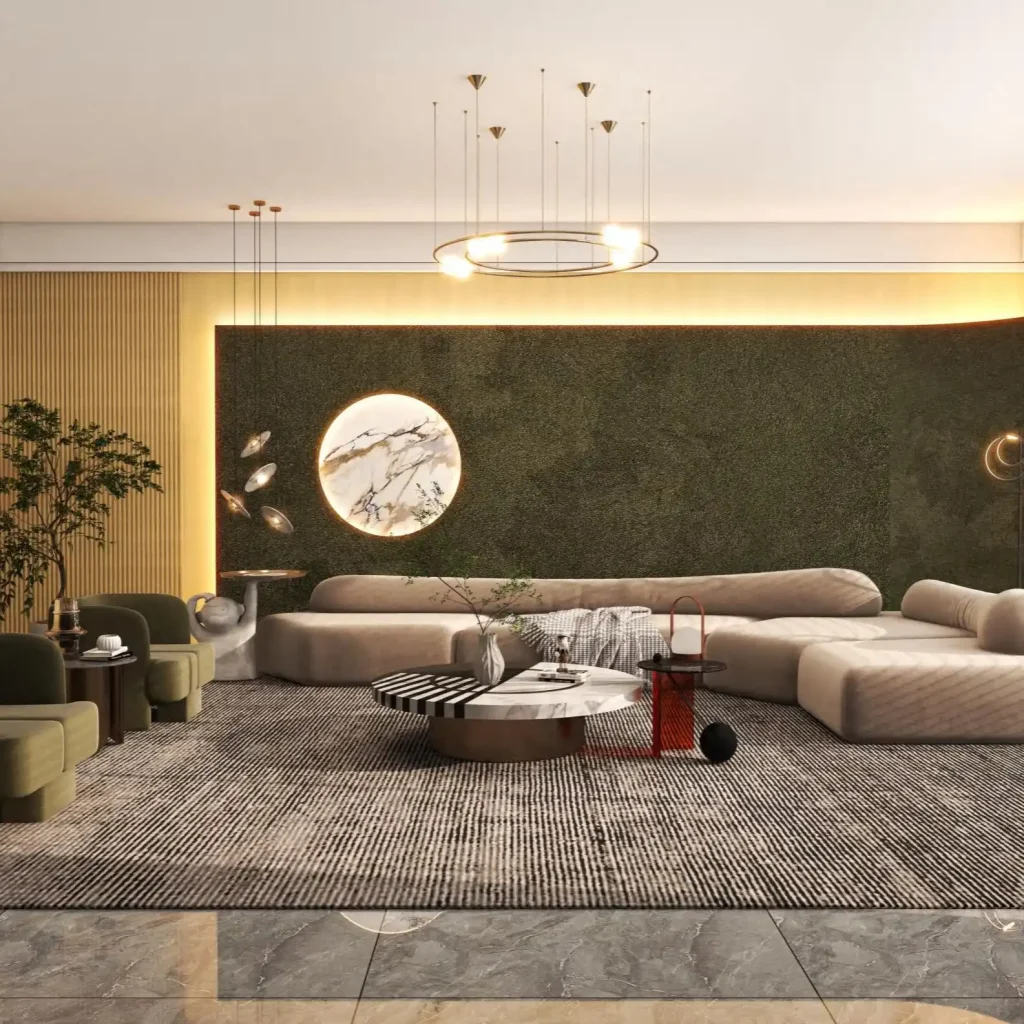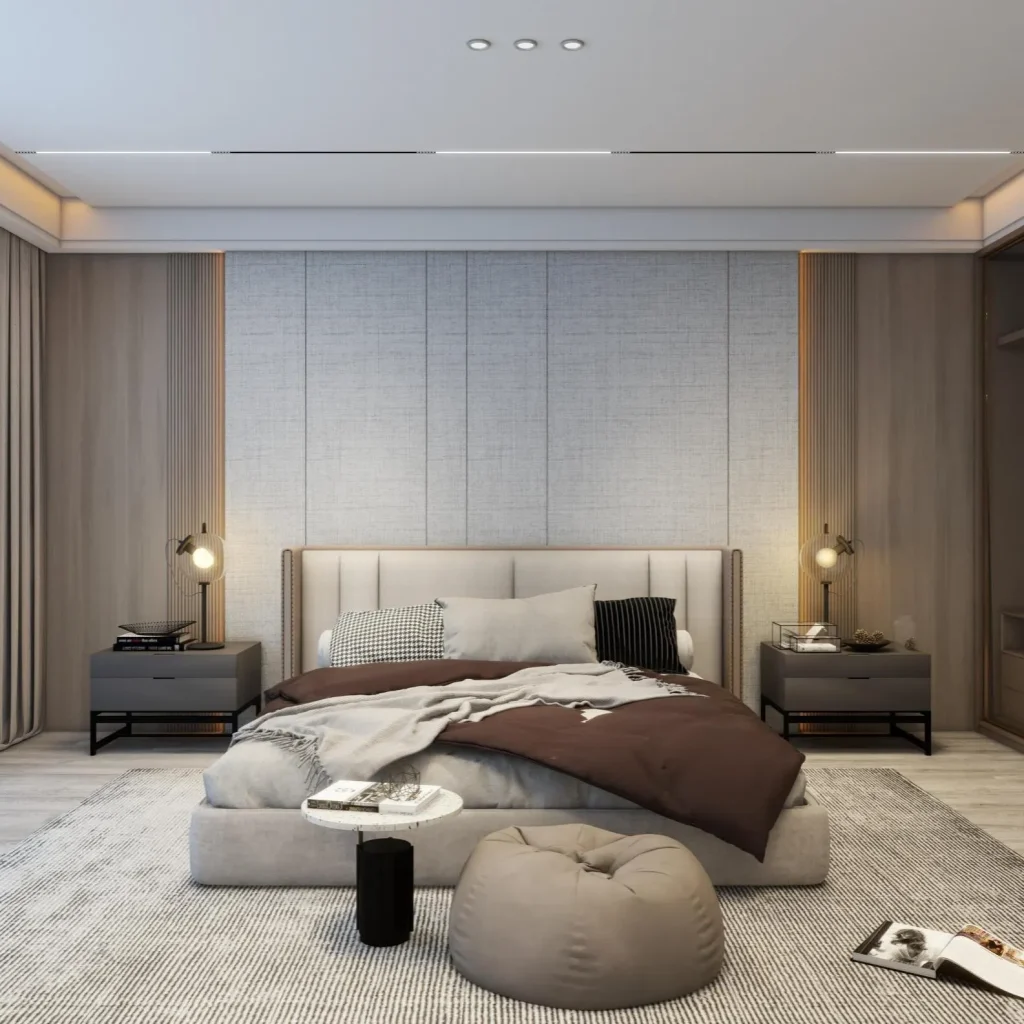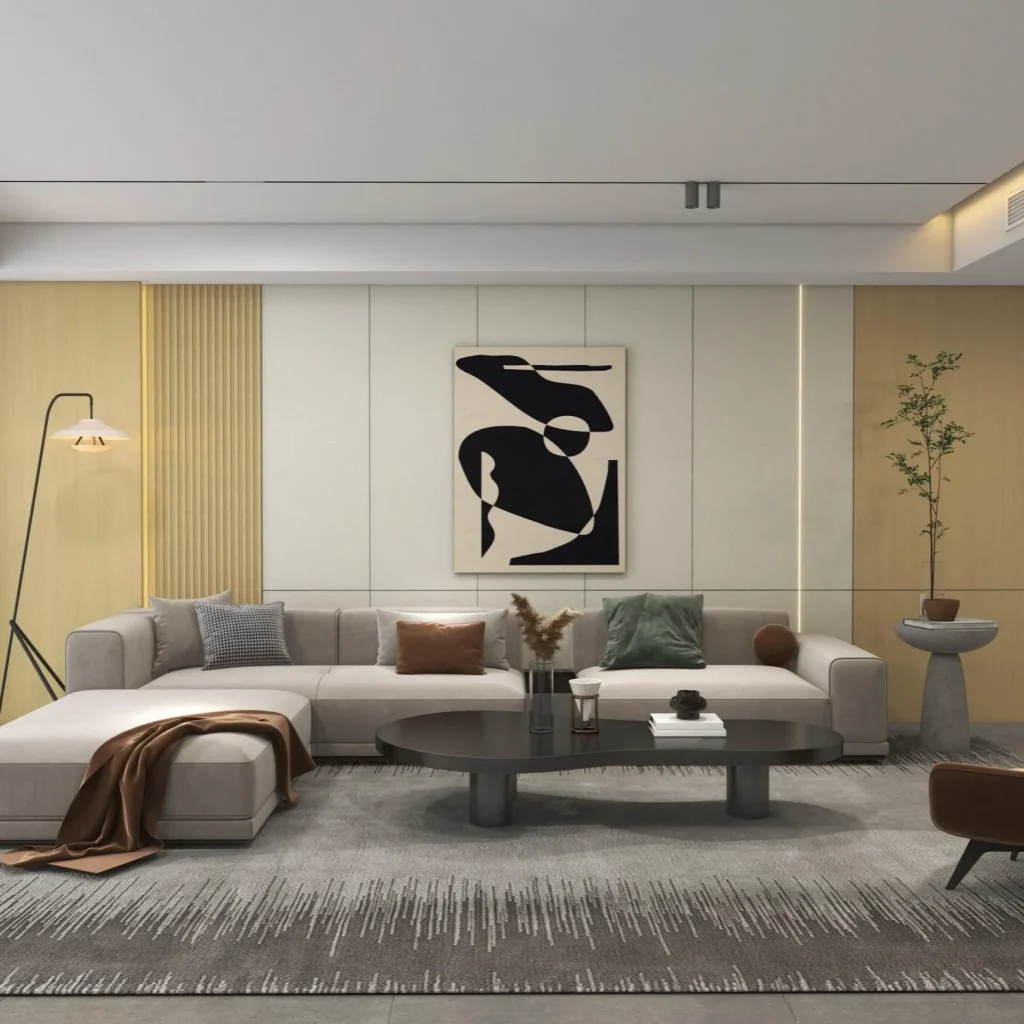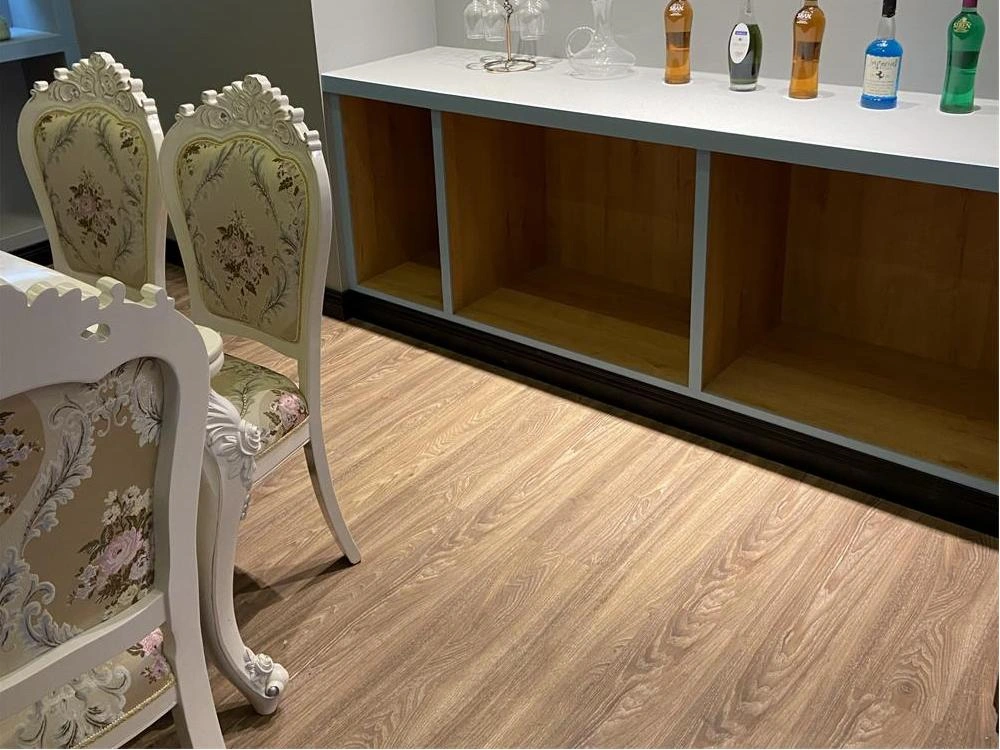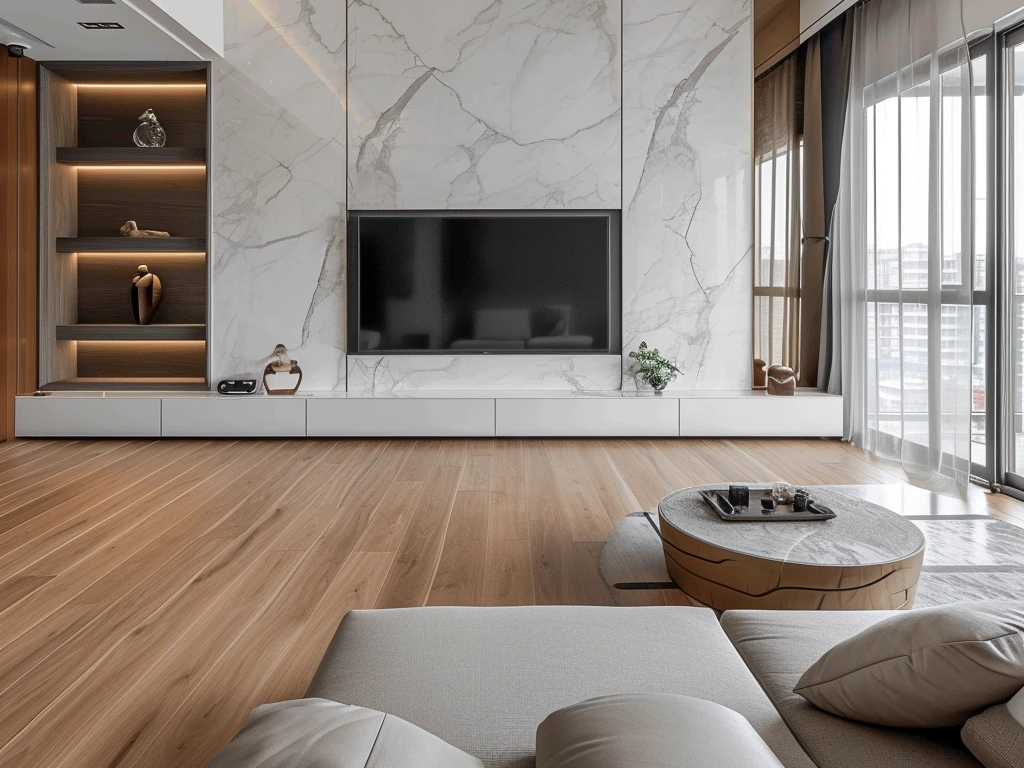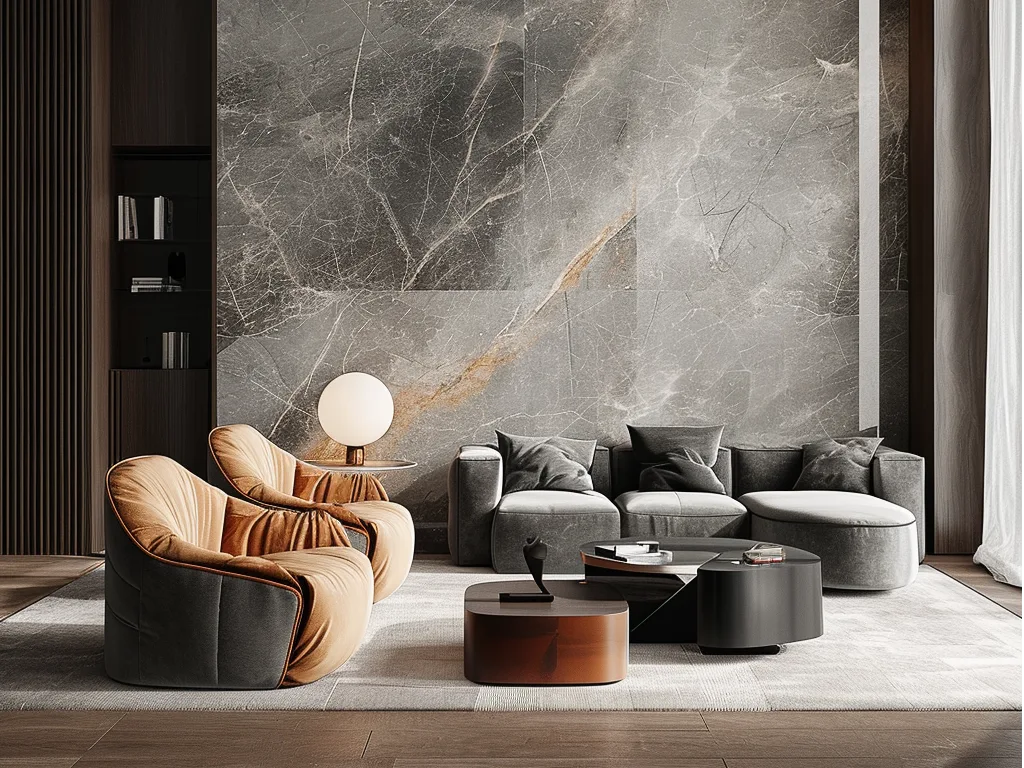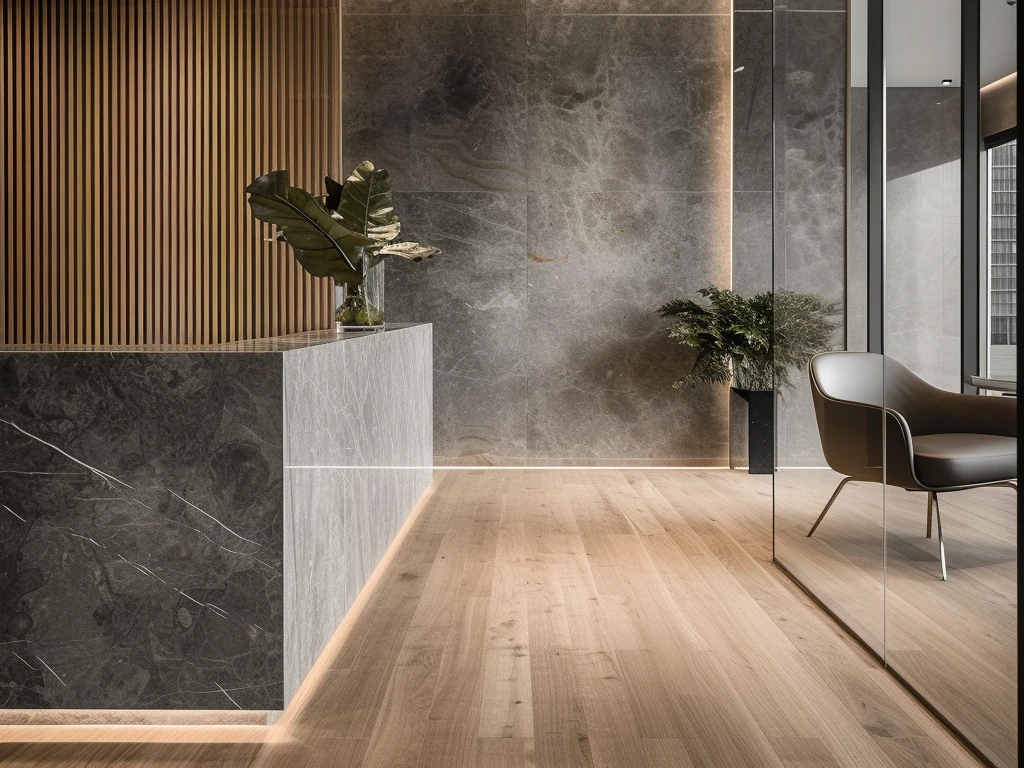Preparing for Installation
Tools and Materials Required
The materials and tools needed for the installation of WPC wall panels are a tape measure and level for accuracy, a battery-operated electric drill for fastening, stainless nails for secure fitting, cutting tools including a saw for precise cuts, plastic fittings for jointing, and of course, the WPC wall panels themselves, which offer strength and low maintenance. These panels combine the best characteristics of wood and high-density PE into an appearance similar to high-quality timber species.
Safety Precautions to Consider
Installing WPC wall panels requires prioritizing safety at all times. Make sure to wear protective equipment, like gloves and safety goggles, to prevent any accidents while cutting or drilling them. Also, ensure that your work area is properly ventilated and clear of any obstacles to reduce the risk of mishaps.
Measuring and Planning the Layout
Precise measurement plays a role in a smooth installation process, so grab a tape measure to figure out the size of the spot for installation. Carefully map out your design to make sure the panels are properly aligned and look good together. Remember that having level ground is key when setting up WPC decking to ensure the panels sit evenly.
Surface Preparation
Cleaning the Installation Area
Make sure to clean the surface before installing the WPC wall panels. This will ensure a smooth and even finish, without any dust or debris that could affect their adherence or the overall look of the walls.
Ensuring a Level Surface
Ensuring that the surface is flat is vital for achieving a good result when installing WPC wall panels. Before you start the installation process, use a level to confirm that your surface is smooth. If you notice any uneven areas, be sure to make the necessary adjustments before proceeding further.
Addressing Moisture Concerns
WPC materials are known for being moisture-resistant; however, it is still important to address any moisture issues in your installation area beforehand. WPC flooring has a UV coating, wear layer, and decoration layer, which contribute to its resilience against moisture.
Installing WPC Wall Panels
Starting with the First Panel
Aligning and Securing the First Panel
Start by positioning the panel in one corner of the installation site, and fasten it using stainless nails. Use an electric drill to create holes on the outer side of the first WPC decking.
Checking for Level and Plumb
Make sure the first panel is straight and vertical by using a spirit level tool to check it in place, as it forms the base for aligning the rest of the panels later on.
Continuing the Installation Process
Staggering Joints for Stability
When you’re adding panels to the installation process, remember to offset the joints between rows for better stability and a nicer look. This method ensures that the weight is evenly spread across all the panels.
Securing Each Panel Properly
Each section should be firmly attached using stainless steel nails or screws through drilled holes in plastic connectors positioned along the channels between the decks. Once both the decking and plastic connectors are in place, proceed to secure them with stainless steel nails.
Cutting and Fitting Panels
Measuring and Marking Cuts
When you come to the edges or corners where large panels won’t fit perfectly, make sure to measure before marking the cuts on each piece accordingly.
Using Appropriate Cutting Tools
Use cutting instruments, such as saw machines created specifically for working with composite materials like WPC, to trim them efficiently without causing any harm.
By following these detailed steps carefully while incorporating insights from industry leaders such as Latitude, known for their luxury vinyl WPC fluted wall panels—installers can achieve professional results every time they undertake projects involving this versatile material option!
Finishing Touches for a Professional Look
Sealing Joints and Edges
Applying Sealant Correctly
To get a final touch on the WPC wall panels, it is important to seal all joints and edges using sealant meticulously applied to enhance the look and prevent moisture buildup effectively. Use a top-notch sealant and spread it uniformly over the seams to fill in any spaces.
Ensuring Seamless Transitions
Smooth transitions from one panel to the next are key to achieving a polished appearance in your setup work. Be sure to align each panel as you install them, and make any minor tweaks needed for a seamless and attractive flow between panels.
Inspecting the Final Installation
Checking for Gaps or Misalignments
After installing all the panels in place, make sure to inspect them for any gaps or misalignments. Use a level to confirm that the panels are even and correctly aligned. If you find any discrepancies, adjust the panel positions accordingly. Add extra sealant as necessary.
Making Necessary Adjustments
If you notice any differences while inspecting the area closely and carefully checking all details for accuracy and consistency, then make the required changes as soon as possible, without delay or hesitation, to guarantee a perfect outcome in the end result.
Maintenance Tips for Longevity
Routine Cleaning Practices
Keeping your WPC wall panels looking new and lasting longer requires upkeep. Simply clean them occasionally with a soap-and-water mix, steering clear of harsh cleaners that might harm the surface.
Avoiding Common Damages
To avoid causing harm to WPC wall panels and ensure their longevity, it is advisable not to expose them to chemicals or excessive moisture. Although WPC materials are designed to withstand moisture, implementing certain steps can help prolong their durability.
Customization Options with Latitude Products
Latitude provides WPC wall panels that enable you to customize your project according to your individual design preferences. Take a look at the variety of colors and textures we offer to achieve aesthetic enhancements in your environment. Opt for Latitude products for top-notch materials that meet stringent criteria, such as ISO9001 and CE certification standards compliance.

